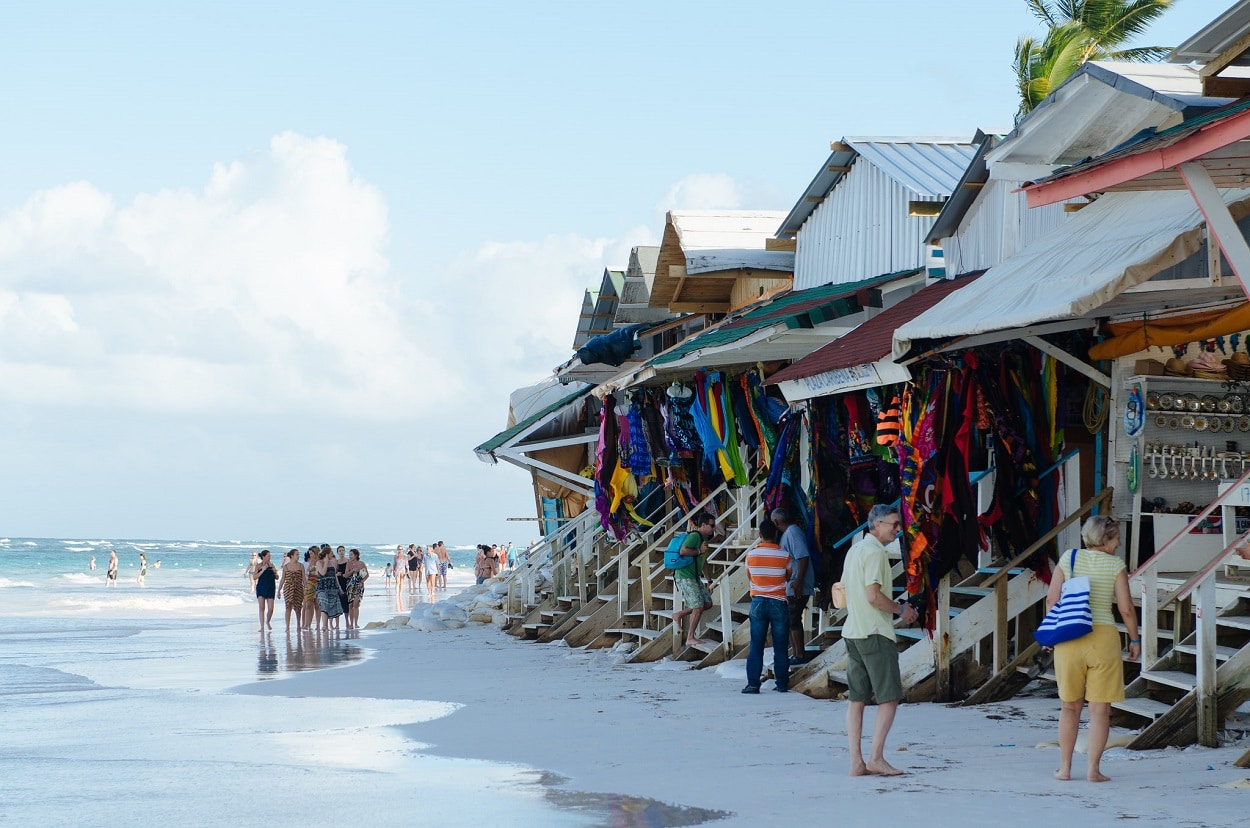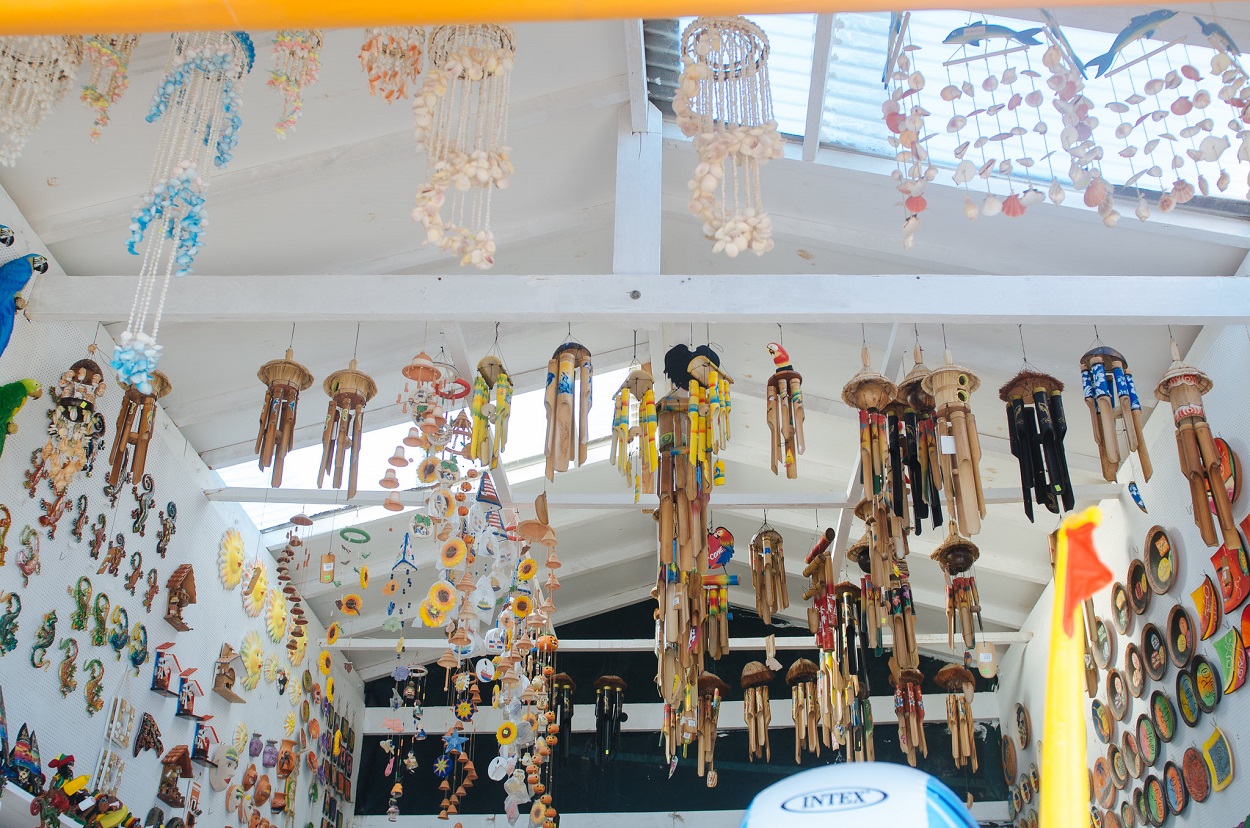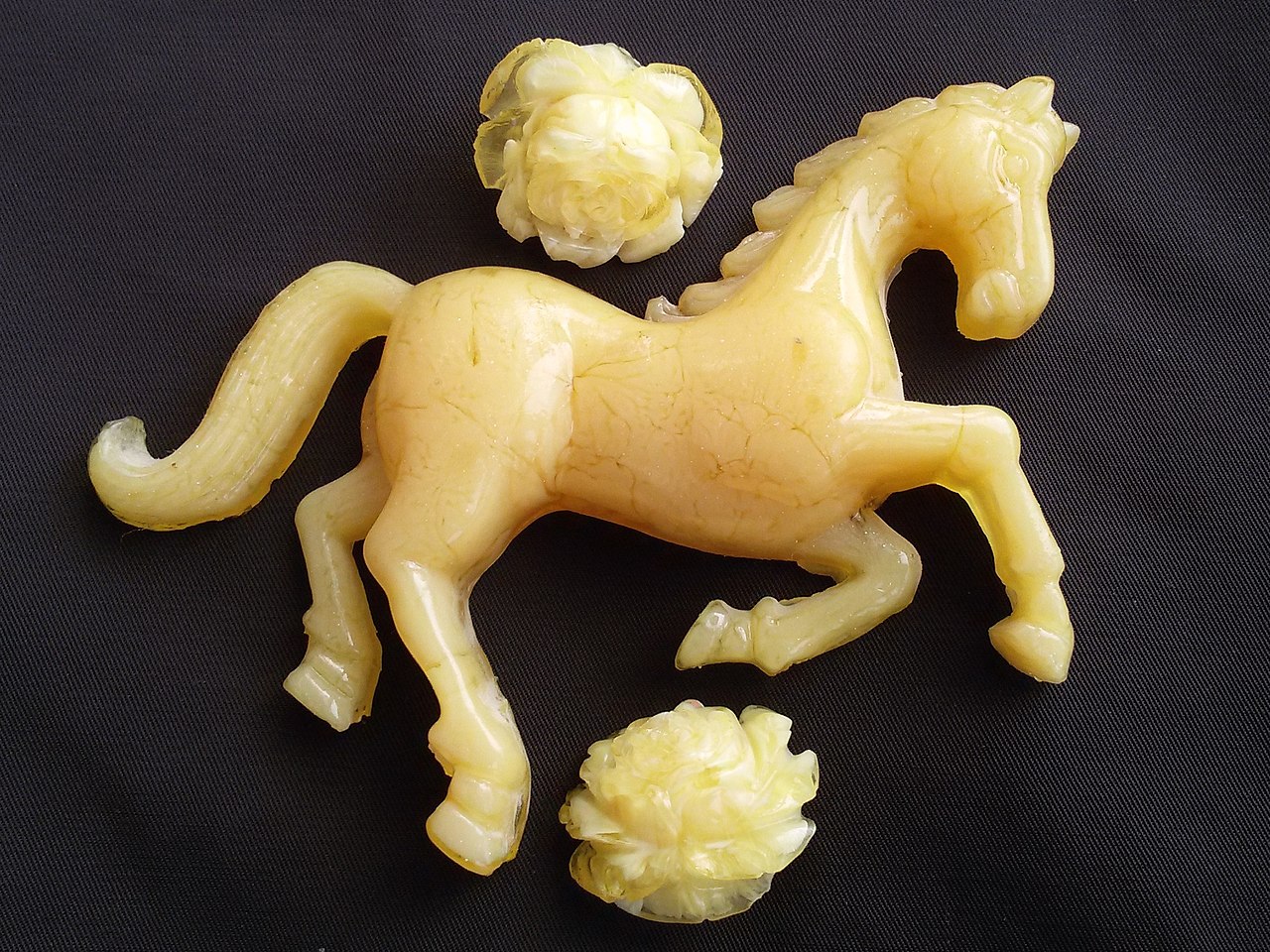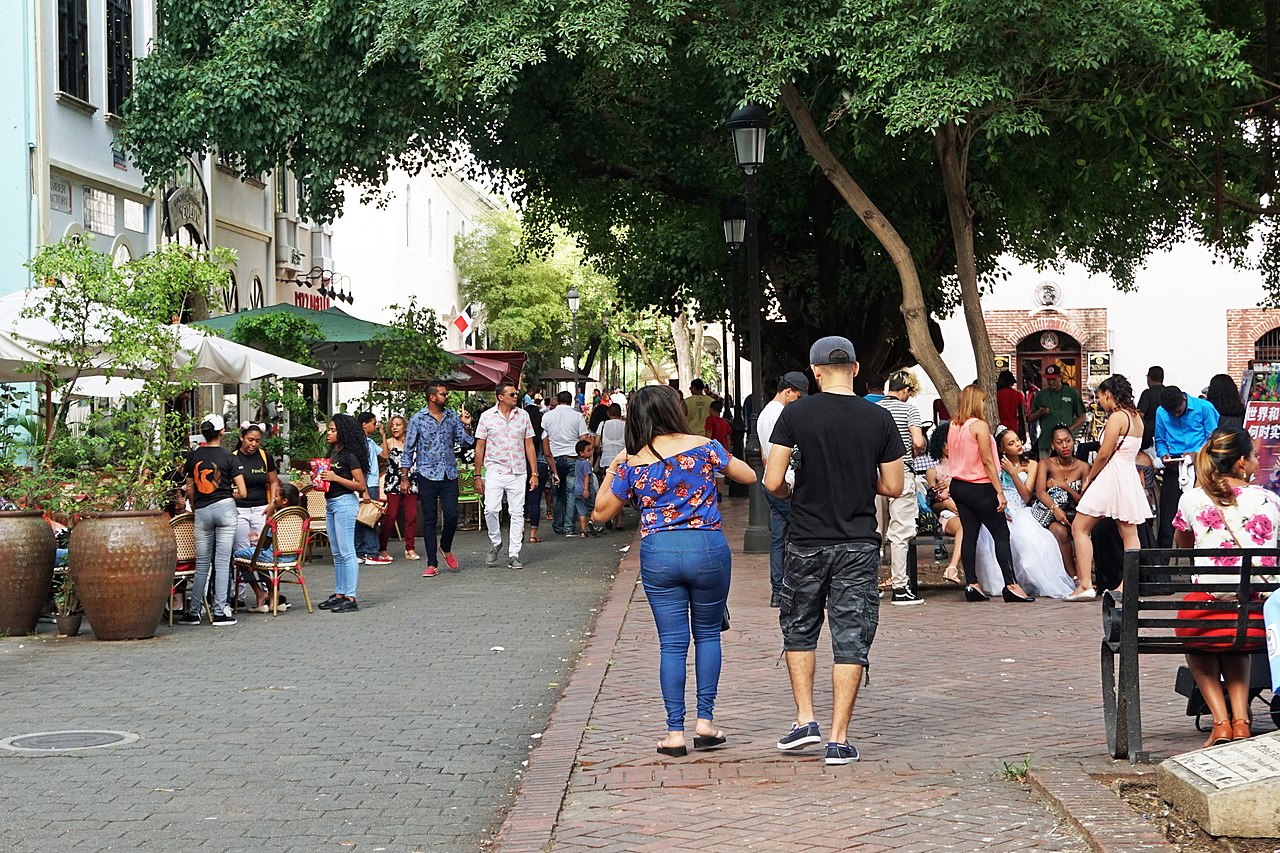
Bávaro Beach Market
Dominican crafts are a combination of the Taino, Spanish and African cultures. The first was that of the dominant ethnic group on the island upon the arrival of our compatriots. But precisely these and the later natives of the African continent who arrived later, finished configuring a unique artistic expression in the world both in terms of its quality and its ethnographic value.
Substantial characteristics of the craftsmanship of the Dominican Republic are use of elements of nature, intense colours that attract attention and the use of a great variety of materials that goes from wood to the precious indigenous amber of the island. If you want to know better the magnificent Dominican crafts, we invite you to continue reading.
The main manifestations of Dominican crafts
The artisan creation of the Dominicans encompasses different artistic expressions and in all of them it shows to have a peculiar stamp that, as we said, makes it unique in the world and highly appreciated by those who visit the Antillean island. Let's check it out.
Painting, always costumbrista
The pictorial expression of the Dominicans is of the type costumbrist. It shows the daily life and habits of the people of the countryside. Thus, traditional festivals, gastronomy, dances, the work of housewives or peasants are its thematic axes. It is also a painting with a certain touch naive and cheerful colors.

Dominican crafts
Jewelry, one of the emblems of Dominican crafts
As we said, the main raw material of Dominican jewelry is the amber of the island. It is considered one of the most valuable in the world and with it the artists make all kinds of pieces.
Dominican amber is a fossil resin that comes from a tree of the species Hymenae, dated in the tertiary geological period. But you will be more interested in knowing that you have a very wide range of colors: white, yellow, red, opaque, blue, black, green, purple, pink and even silver. And that these are the most beautiful.
Using amber, the Dominicans make necklaces combining that chromatic range that we have just mentioned; rings of rhinestones; earrings and bracelets that mix it with gold and silver, or decorative figures with different sizes and shapes. Especially popular in terms of the latter are those that represent different animals like owls, turtles, fish or frogs.
It is also highly appreciated in Dominican jewelry the larimar or Dominican turquoise, which they consider an authentic gemstone and which they also use to make necklaces, bracelets, earrings, rings and other jewelry.
Mahogany sculpture
Another traditional element of Dominican craftsmanship are the sculptural pieces made with mahogany. You can find a wide variety that goes from music boxes that also reproduce meringue until wearing masks with different reasons. The latter also have a huge carnival tradition and are also made with papier-mâché.

Amber figure
Another type of carving work is small figures of religious motifs that they produce in wood. So successful are they that they have been recognized by UNESCO for their cultural value.
Limé dolls, another symbol of Dominican crafts
But, if we talk about figures, the Limé dolls are another emblem of the crafts of Hispaniola, as the island was formerly called. In fact, they are internationally known and, if you visit the country, you cannot return to Spain without one of them.
Made with ceramics, its main characteristic is that they lack a faceThat is, they have no eyes, no nose, and no mouth. The surface of his face is completely smooth. The explanation given by ethnographers to such a curious fact is that its creators sought to represent the breed synthesis that has given rise to the current Dominicans.
Instead, they wear pretty braids and are decked out in cheerful and colorful dresses typical of the country. Likewise, they are basically represented in three models: carrying water in jars, giving flowers or selling fruits.
It is also curious the variety of prices that have. You can buy one for 30 pesos, that is, less than one euro. But you also have them for 1.500 pesos. Of course, the latter are true wonders made with a material called porcelain.

Limé dolls
Other ceramic products
Dominicans are good masters of ceramics. In addition to their popular faceless dolls, they also make with this material taino deities, roosters (one of the symbols of the country), religious figures and even musicians playing merengue. And they always deliver them polychrome with bright colors.
The basketry
Another manifestation of Dominican craftsmanship is basket weaving. In the Antillean country all kinds of bags and baskets made with guano or cane fibers. Not forgetting the hats and other accessories made with Palm leaves.
Where to buy Dominican crafts
Dominican crafts have become so popular with tourists that you can find them almost anywhere. It is for sale in the big malls and in stores scattered throughout the cities of the country.
However, we advise you to visit the many traditional markets because in these you will find gathered all the pieces of which we have spoken to you. For example, if you are in Santo Domingo, the capital of the country, you have the popular Model market, which is located on Avenida de Mella. But there are also others on the street Count, the most commercial in the city; on the Creole square; In The Shipyards and in the Bastidas House.

El Conde Street (Santo Domingo)
Likewise, in the most touristy areas you will find handicraft products in the hotels' own shops. But you also have markets full of typical elements that are worth visiting. For example in Bavaro Beach you have a flea market in the arenal itself and in Puerto Plata local artisans often set up markets to sell their products.
In conclusion, Dominican crafts are rich, varied, pretty and very happy. With the Limé dolls as a great emblem, we also recommend that you buy amber or larimar jewelry, mahogany masks or basketry. But don't forget to bring you a souvenir of the Antillean country.
ak de verian to put the names of artisans
mmmmmmmmmmmmmmmmmmmmmmmmmmmmmmmmmmmmmmmmmmmmmmmmmmmmmmmmmmjjjjjjjjjjjjjjjjjjjjjjjjjjjjjjjjjjjjjjjjjjjjjjjjjjjjjjjjjjjjjjjjjjjjjjjjjjjjjjjjjjjjjjjjjjjjjjj
DOMINICAN CRAFTSMANSHIP IS VERY INTERESTING
I'm interested in crafts
WHAT good to learn about Dominican crafts
I am romanences
Your hypotheses on Dominican crafts are very good
jj very good